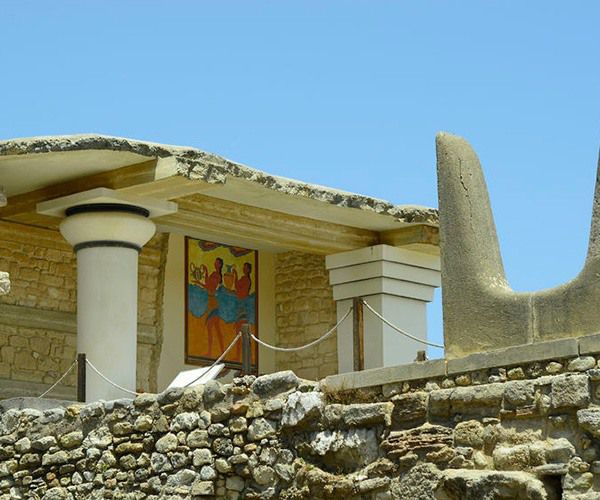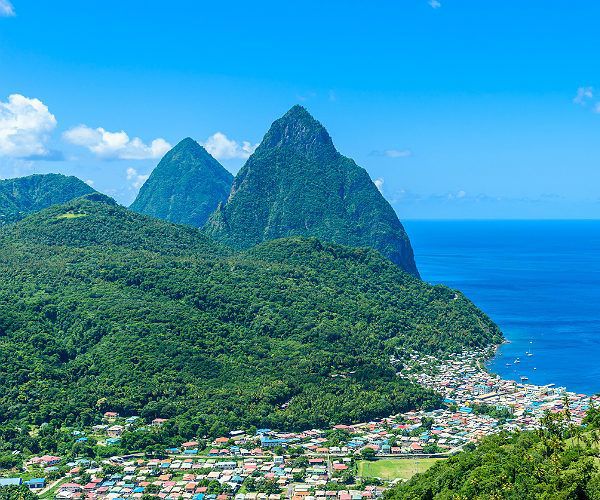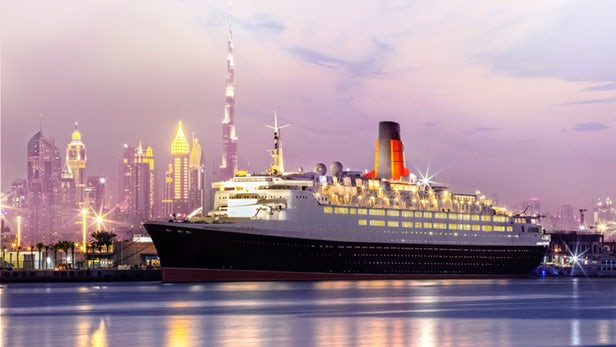
Arguably the most famous passenger ship of the 20th century, the Queen Elizabeth 2 began its new life as a floating luxury hotel last fall. The last of the Atlantic liners, the 70,000 ton steamship will never set to sea again, but will continue to operate as an upmarket accommodation, tourist and dining attraction, and museum center at Mina Rashid on the Dubai waterfront.
In November 2008, the Cunard steamship named after the original Queen Elizabeth liner and affectionately known as the QE2 retired after four decades of service. No longer able to legally sail, it was decommissioned and sold to Dubai World for conversion to a floating hotel. However, financial problems stalled the original plans and the ship sat idle at its pier for several years, where it looked as if it would share the fate of many other majestic ships by ending its days as a neglected, rusting hulk.
But new management, new funding, and extensive work on the QE2 has apparently paid off. For this the “soft” opening on April 18, visitors will be able to avail themselves of a selection of restored staterooms and suites, five of 13 planned restaurants and bars, and the adjacent QE2 Heritage Exhibition on the quayside that showcases the history and career of the liner and the 2.5 million passengers who sailed on it during 1,400 voyages, including 25 world tours, for a total of 6 million nautical miles.
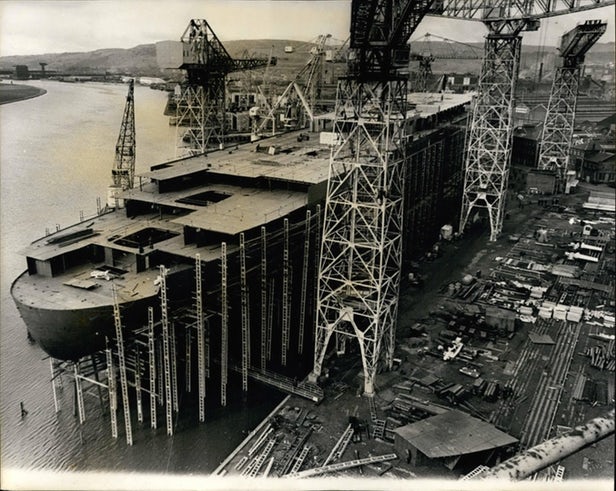
The Queen Elizabeth 2 was the last of the Atlantic liners that dominated travel between Europe and America before the jet age. Cruising at an easy 28.5 knots (32.8 mph, 52.8 km/h), the QE2 cost US$80 million to build at the John Brown Shipyard in Clydebank, Scotland, and when it was launched in 1967 by Queen Elizabeth, the new ship was intended to act with the Concorde supersonic airliner as 20th century Britain’s answer to the Space Race between the superpowers. It was designed not only as a money earner, but as a showcase of British engineering and innovation.
Sporting new technologies that included an aerodynamic smokestack to keep fumes away from passengers and a revolutionary aluminum superstructure welded to the steel hull, the QE2 burned half as much fuel as its predecessors and was designed to alternate between summer transatlantic travel and winter cruising, with a hull narrow enough to navigate the Panama Canal and shallow enough to visit most ports.
Even the interior was thoroughly space age, with modern materials replacing the wood and velvet with steel, aluminum, and plastic. It even had a forward observation complete with a bright red plastic instrument panel like something out of Star Trek.
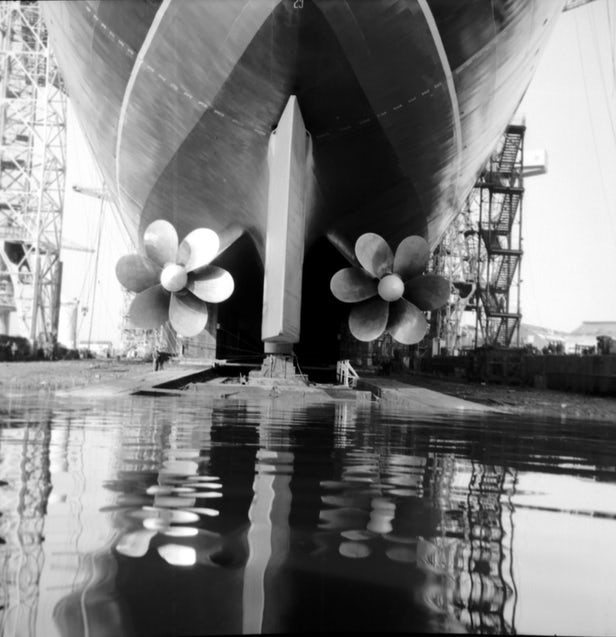
Probably the most dramatic tech episode for the QE2 occurred in 1982, when it was requisitioned during the Falklands War as a troop transport. Not only was it converted to carry 3,000 combat troops, but engineers had to find a way to install giant helipads on the light aluminum superstructure by setting them over the swimming pool and the forward capstans – the two strongest points on the structure. And, like her earlier sisters of the Second World War, the QE2’s speed and agility was counted on to keep her safe.
Sadly, it was improved maritime regulations that finally put paid to the QE2’s career. After weathering storms, airline competition, bad economies, and even war, it was sold off by Cunard because it would not be economically viable to refit the ship to meet the new standards.
Now under the management of Dubai’s Ports, Customs and Free Zones Corporation through PCFC Hotels, the restored QE2 still displays its famous collection of art and memorabilia and retains much of its original character in the public areas – including a restaurant with 1969 British cuisine – combined with updated decor in the rooms along with up-to-date digital amenities. Standard Rooms start at 17m² (183 ft²) and range up to the 76m² (818 ft²) Royal Suites, which were once reserved for the Queen herself and the Queen Mother.
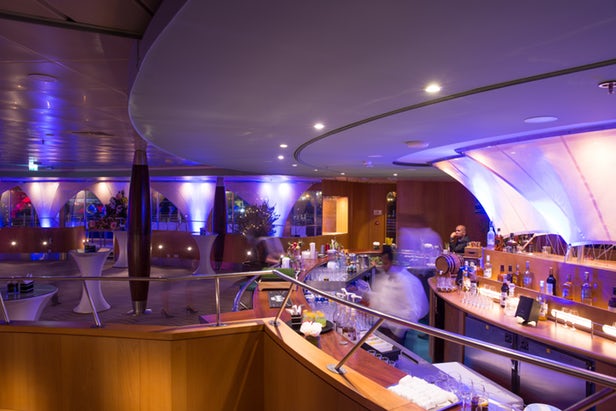
Available restaurants include the Chart Room (an historical lounge and bar) a traditional English pub, all-day dining rooms, a cabaret lounge, and a new interpretation of the ship’s old Yacht Club.
“We have dedicated more than 2.7 million man-hours into transforming this legendary ocean liner into the multi-faceted tourist destination that she is today and I am very proud to reintroduce her to the world as she embarks on the next stage of her celebrated journey,” says Hamza Mustafa, CEO of PCFC Hotels. “It has been an honor to work on this wonderful project and to help ensure that our lovely Lady lives up to her new slogan: still making history.”
The QE2 hotel did its grand launch in October 2018.

